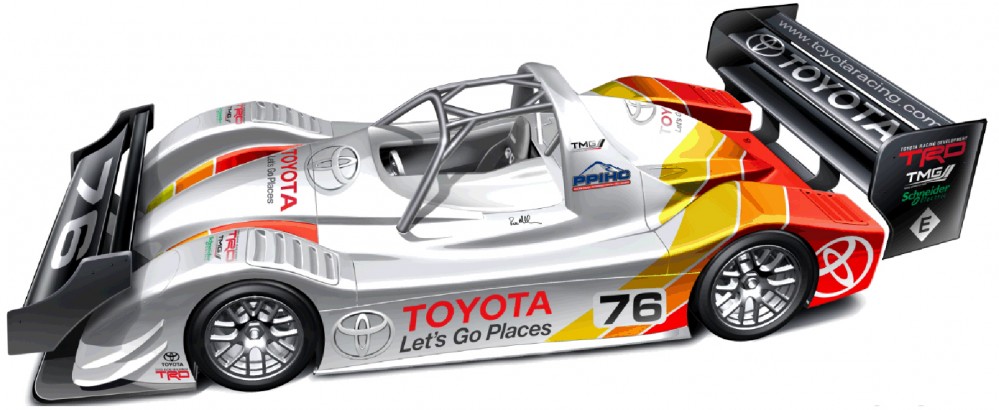Here on Flux Auto we cover a lot of high performance cars from Detroit’s Big 3 that have caused many people to say that the new Golden Age of Muscle Cars is here. While that may be true, advances in automotive engineering have benefited all genres of performance cars. One of the most popular segments among enthusiasts are the Hot Hatches thanks to their strong combination of fun, practicality and low cost of owning and operating. We could even say that we might be approaching a new Golden Age for the Hot Hatch with the recent focus on high tech turbocharged engines, lightweight and optimized interior space thanks to slow economies all around the world. It could also be said that it’s a new Golden Age of Hot Hatches simply because there is a viable alternative to the perennial king of the genre, the Volkswagen GTi. Carlos Lago puts the new 2.0 liter turbocharged Ford Focus ST up against the top of the line VW Golf R. Ford has really raised the bar for front wheel drive chassis balance in the ST which brings us to another Golden Age that we’re in and the funky title to this video.
As it turns out, the Volkswagen has an intrusive stability control system that can’t be turned off. There’s no getting around the the system slowing the car down as you try to find its limits. That’s right folks, we are in the Golden Age of electronic nannies in cars. Instead of learning how to be better drivers, the world has demanded that automakers add complex electronic systems to cars in attempt to make them idiotproof. Well don’t worry because Carlos thought of a way to keep the otherwise interesting comparison going. The Volkswagen Golf R gets substituted out for Motor Trend’s long-term test Subaru BRZ for the track driving portion. Randy Pobst takes them both around the Horse Thief Mile at Willow Springs to see how they perform at their limits. The BRZ and the Focus ST are actually pretty close in price which makes this a relevant power vs. balance comparison for weekend warriors shopping for entry level performance cars.
Source: Motor Trend on YouTube
